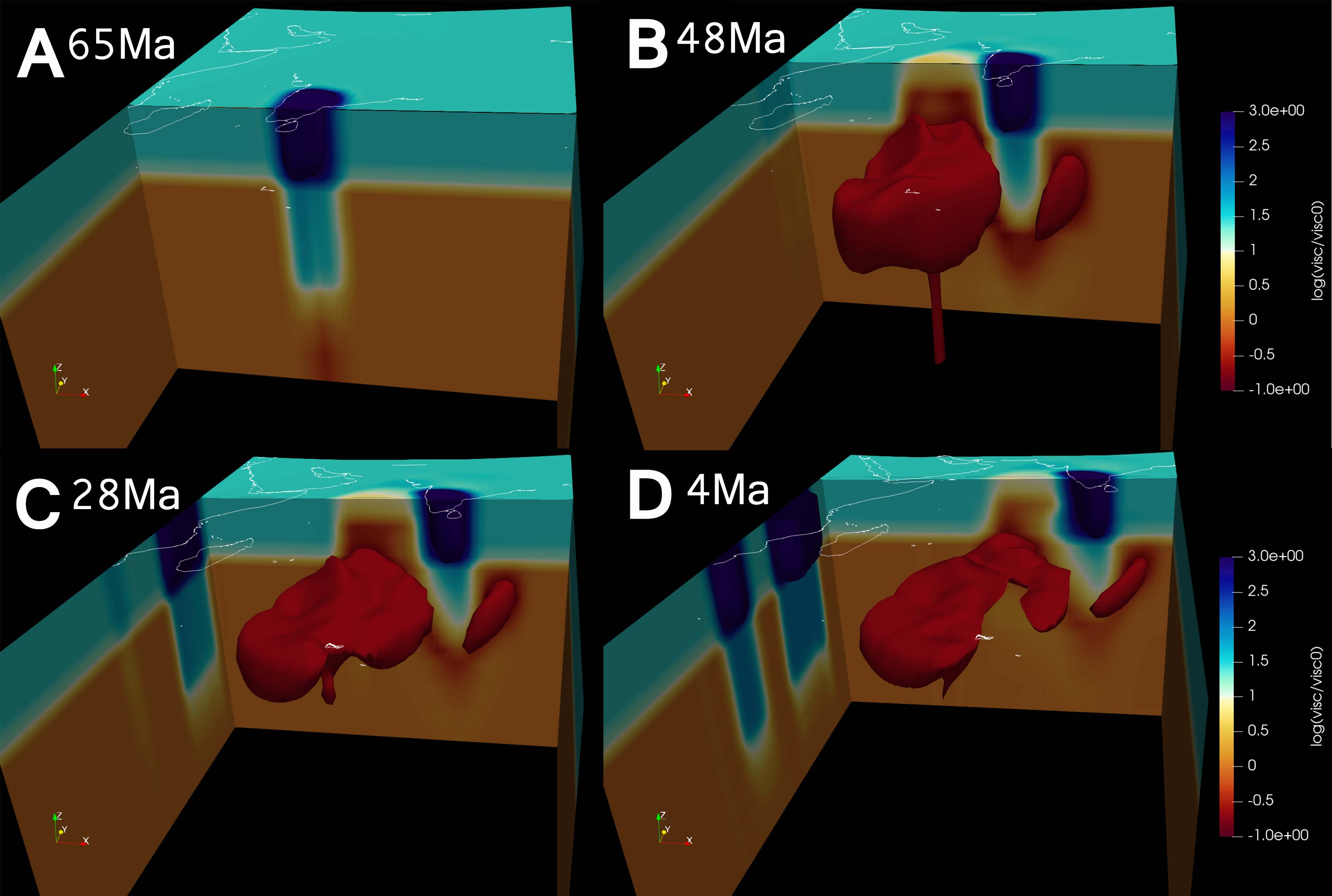Tracking the movement of the Indian plate since the last mass extinction
65 million years ago, there was a turning point in the Earth’s evolution. It was around this time that reptiles such as dinosaurs, which dominated the surface of the Earth, became extinct. Some hypotheses suggest that a supervolcano (a mantle plume) erupted at around 65 Ma (each Ma or mega annum represents one million years), which drastically affected the Earth’s climate, resulting in the fifth mass extinction event (called the K-T boundary mass extinction). This volcanism – eruption of magma onto the planet surface – occurred just underneath the then Indian plate, in a location known as Reunion (presently in the southern Indian Ocean). Scientists have suggested that the volcanism probably created India’s Deccan plateau and affected the dynamics of the Indian plate in many ways.

In a new study, Jyotirmoy Paul and Attreyee Ghosh from the Centre for Earth Sciences looked into the interaction between the Indian plate and the Reunion plume using numerical models of mantle convection. Their research shows that due to the Reunion plume eruption, about 130 km of the Indian continental lithosphere might have been eroded away, making it an unusually thin plate compared to other continental plates. In addition, the plume material could have lubricated the boundary between the Indian plate and the underlying mantle. As a result, the Indian plate could slide over the mantle very quickly, achieving the highest velocity ever by any plate (~20 cm/year) since 65 Ma. Such fast velocity could be a potential reason for the massive impact between the Indian and the Eurasian plates, ultimately forming the world’s tallest mountain chain – the Himalayas.

REFERENCE:
Jyotirmoy Paul, Attreyee Ghosh; Could the Réunion plume have thinned the Indian craton? Geology 2021; doi: https://doi.org/10.1130/G49492.1
LAB WEBSITE:
http://ceas.iisc.ac.in/research/ag/
https://jyotirmoyp.github.io/





